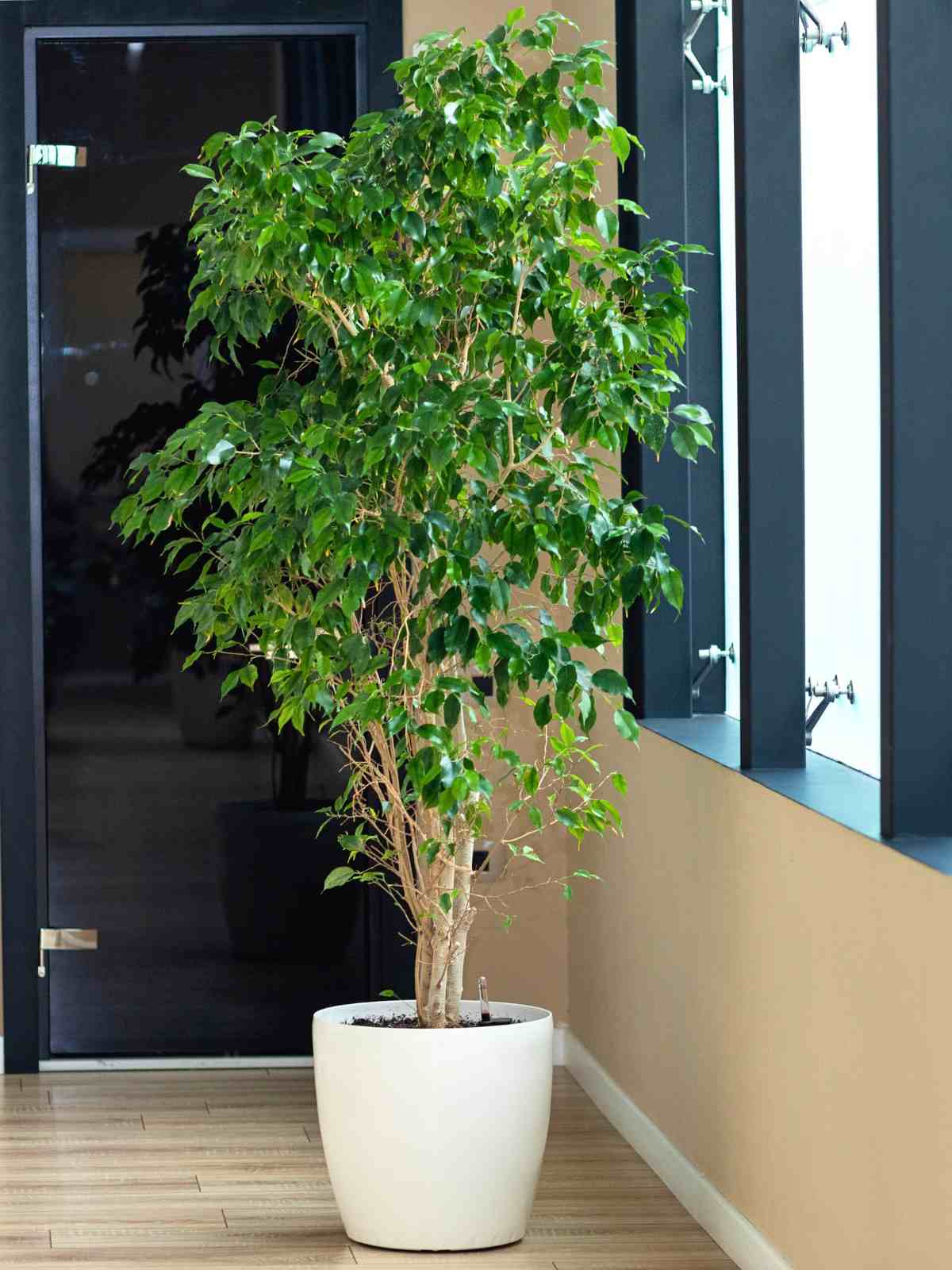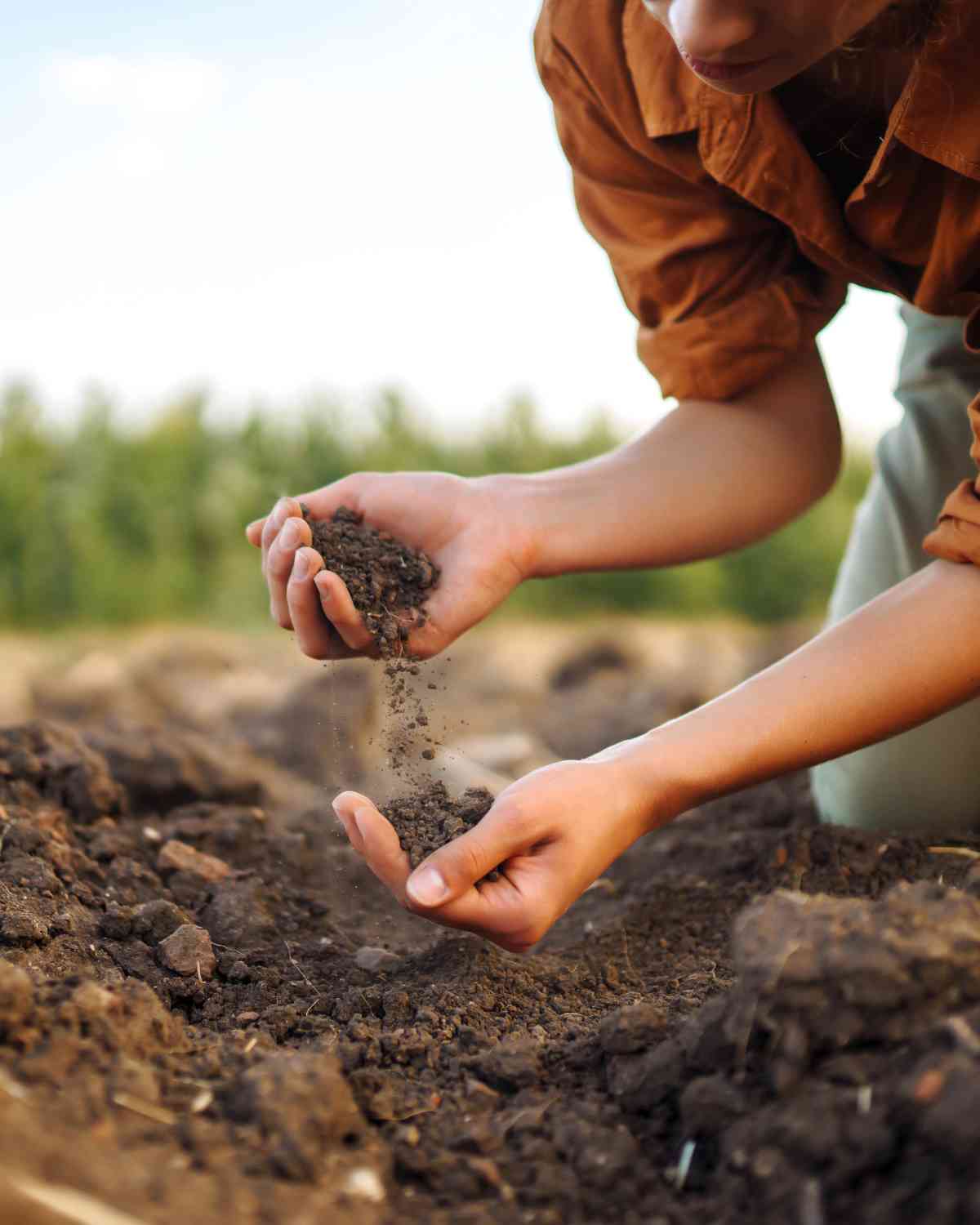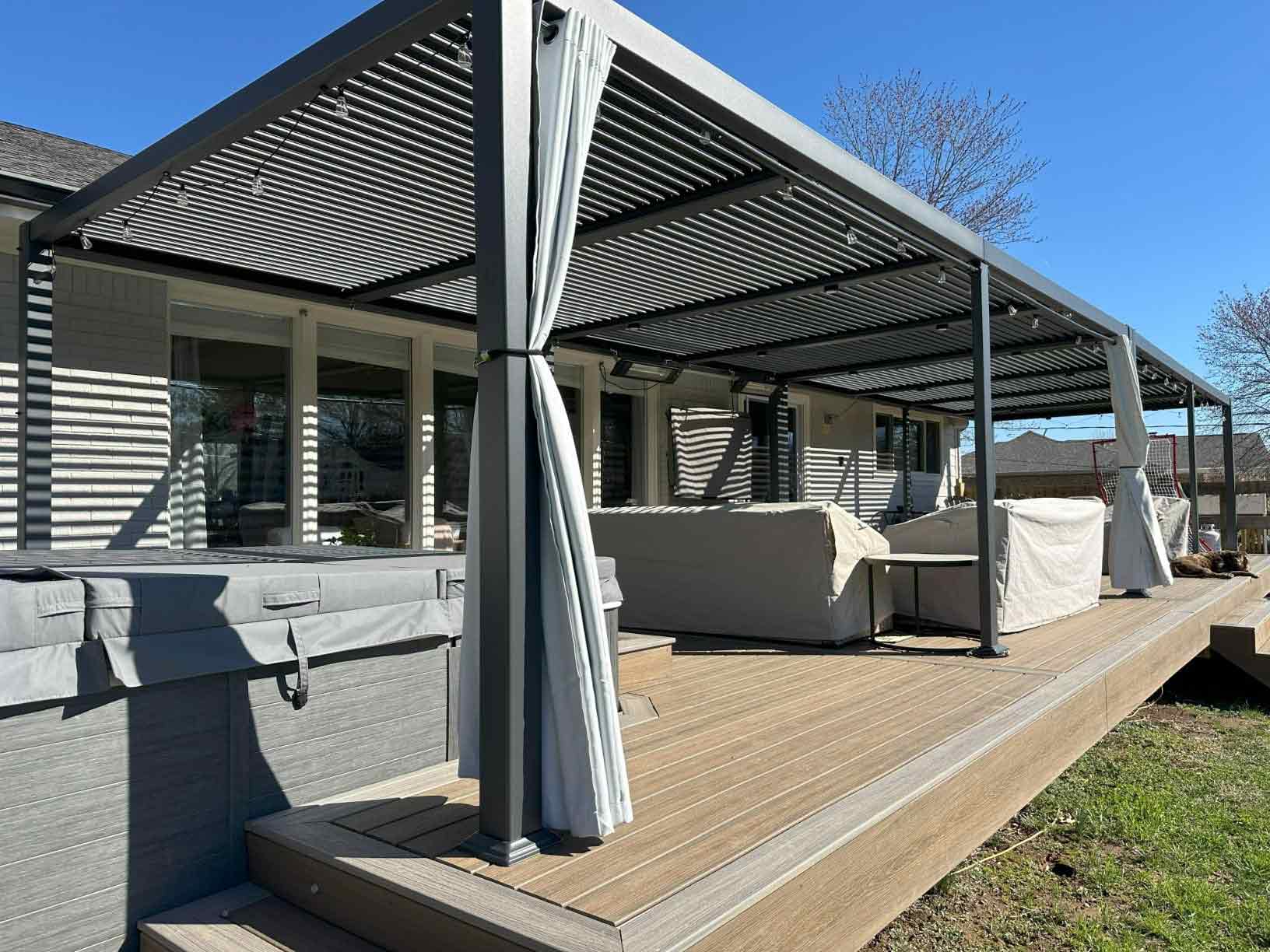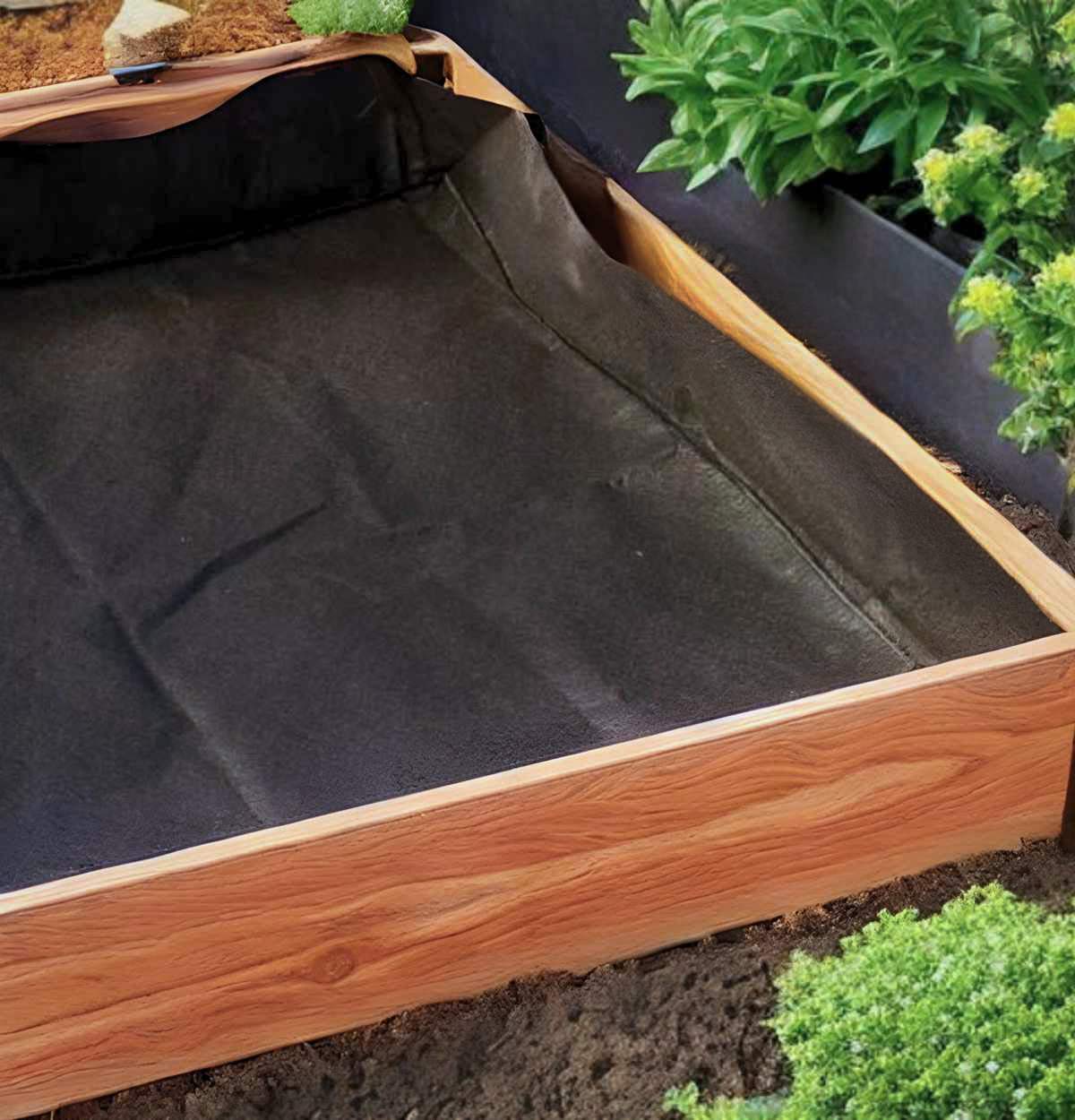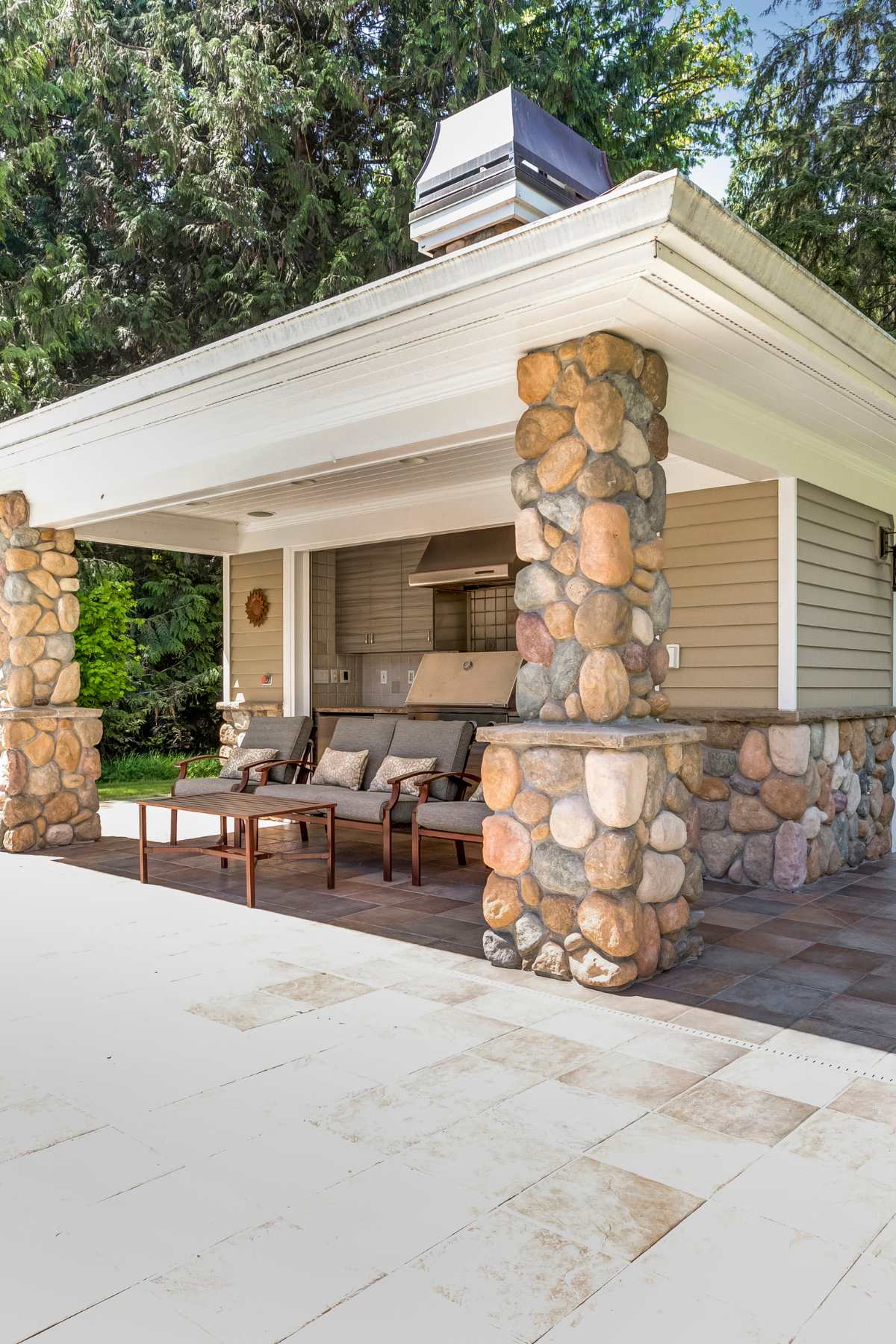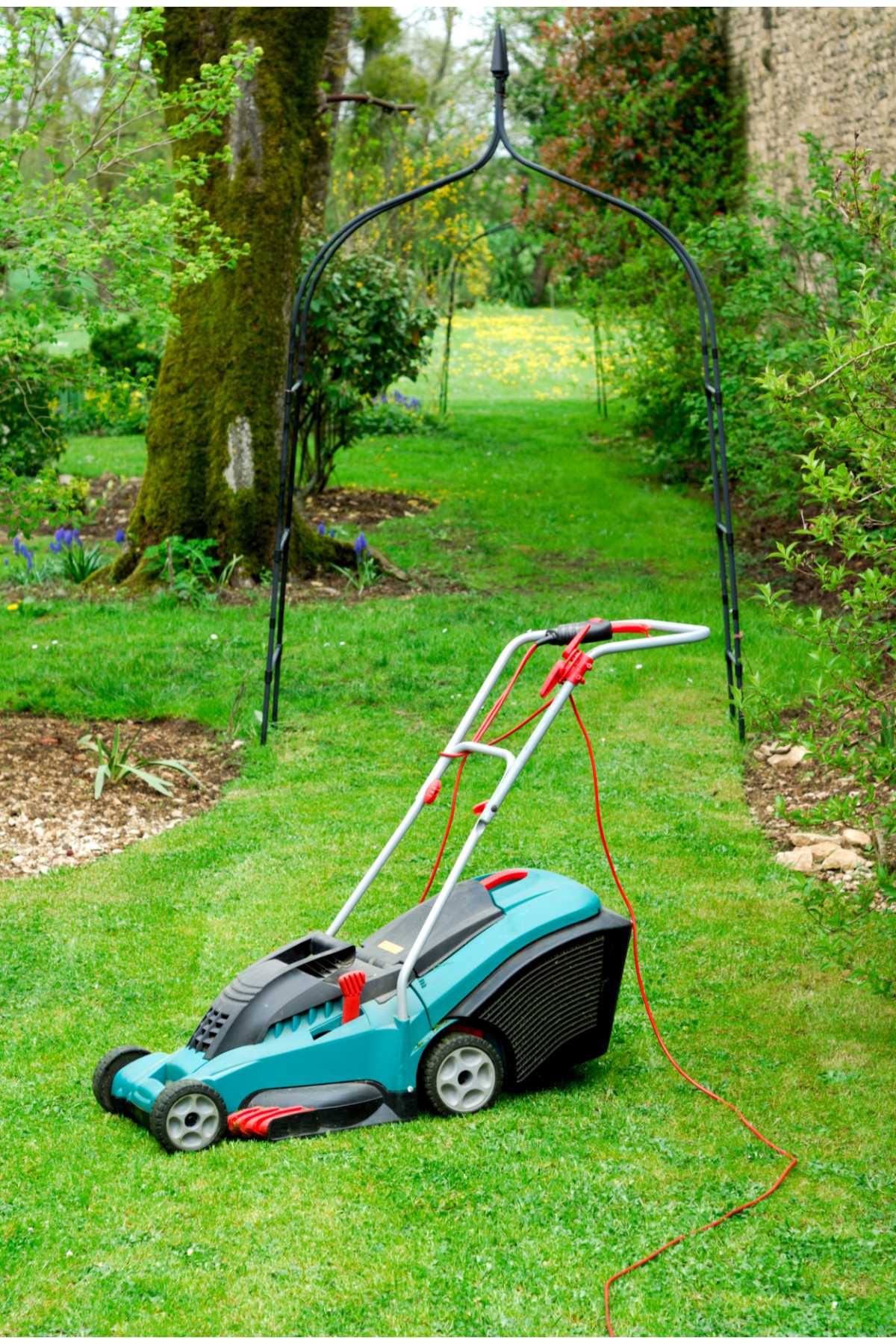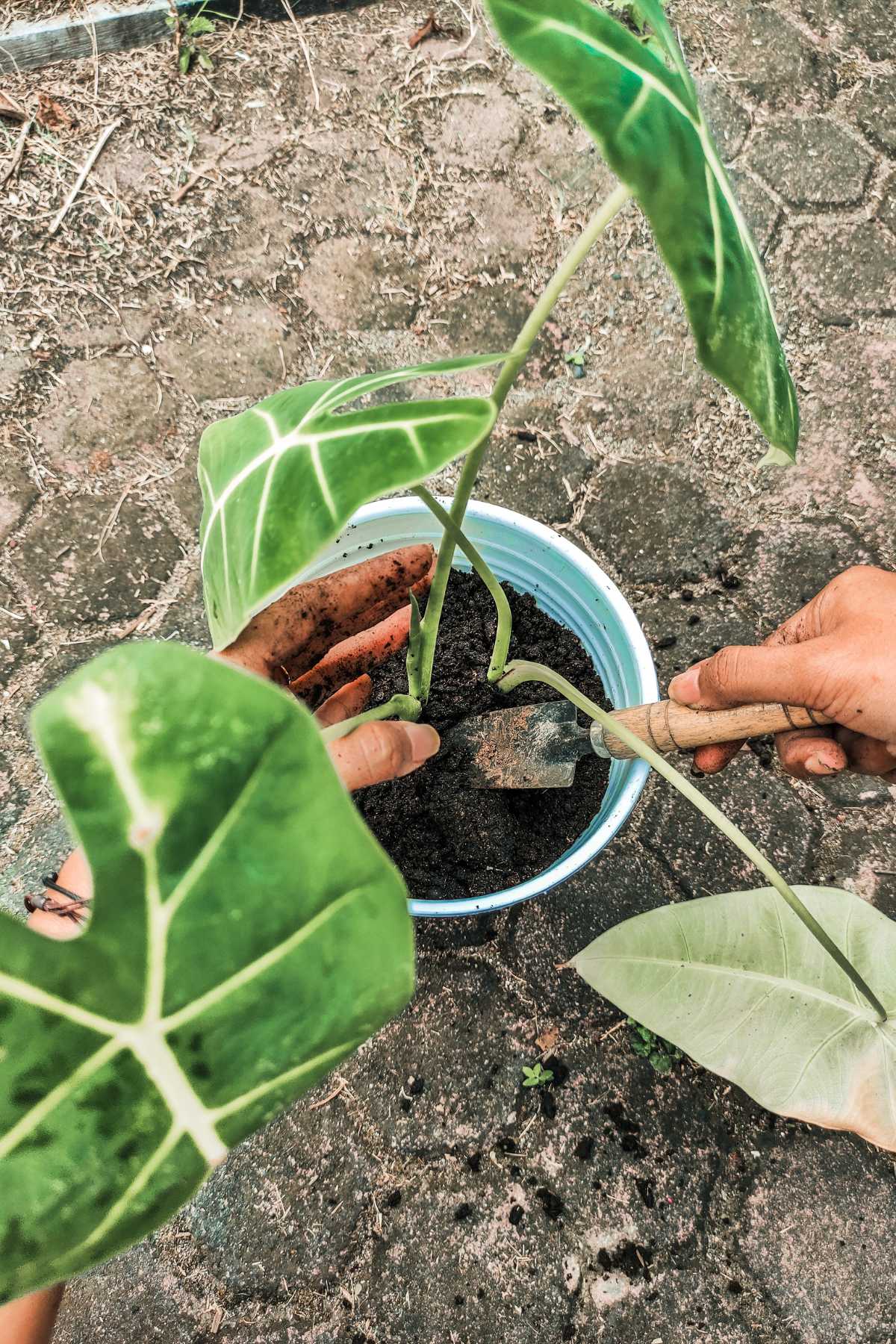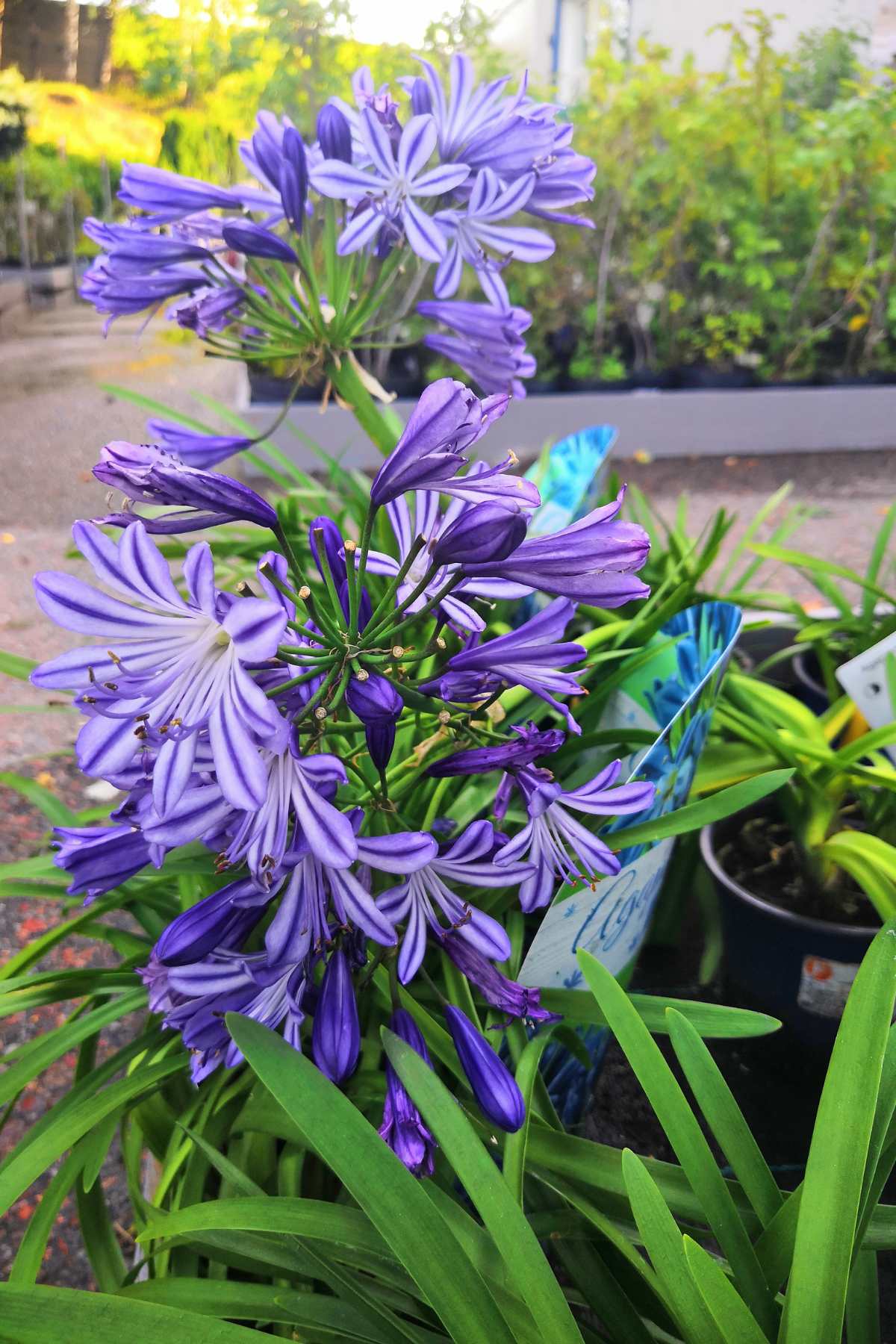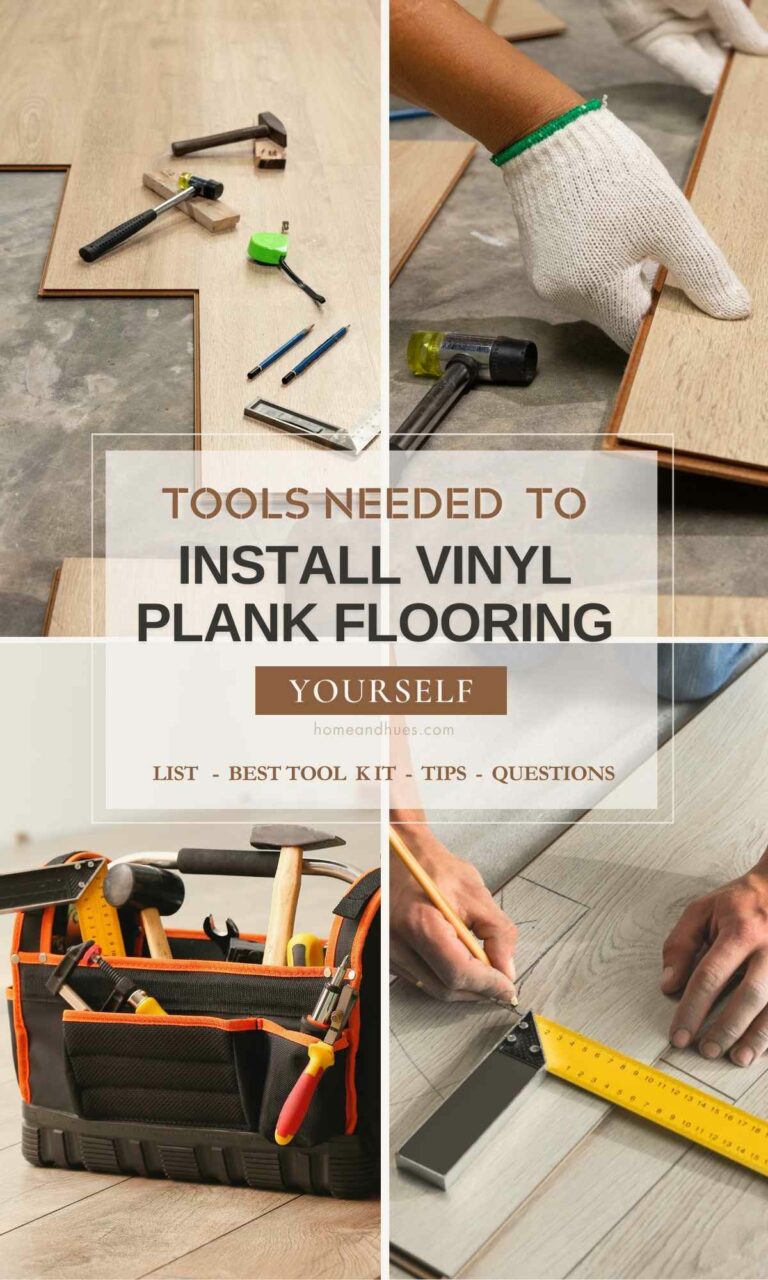Choosing The Best Wood For Your Planter Box / Raised Beds: Guide
A concise guide on choosing the best wood for your planter box or raised beds where you’ll find essential insights on the most durable and cost-effective wood for building a planter box, helping you make the best decisions for your gardening projects. Whether you’re looking for the cheapest wood or the best wood for raised beds, this guide is tailored to ensure your planters are both beautiful and long-lasting. Let’s find the perfect wood for your garden’s needs!
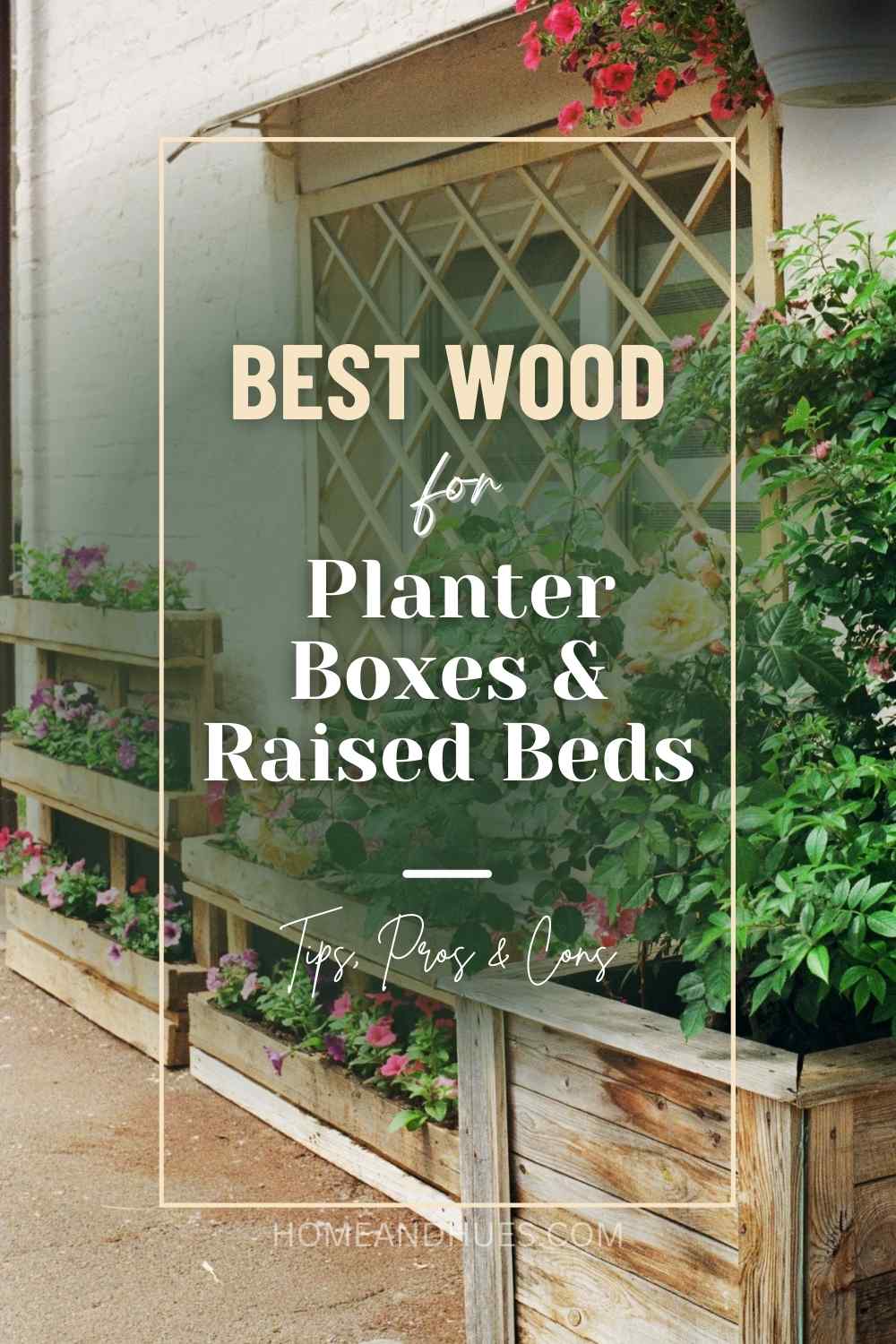
Related: 5 Inspiring Wooden Planter Box Ideas For Your Garden
Selecting The Best Wood for Building an Outdoor Planter Box
As an avid gardener, I understand the importance of selecting the right wood type for garden boxes and outdoor planter boxes.
If you are pondering over which wood to choose for your new planter box or raised bed project, I’m here to help you understand some important factors you need to take into consideration.
Related: Indoor Planter Box Ideas: Inspiration For A Green Home
Selecting the right type of wood is not just about aesthetics; it involves considering durability, cost, environmental impact, size, purpose and the safety of your plants.
With a plethora of options available, making an informed decision can seem daunting. By the end of this guide, you’ll be equipped to make a choice that aligns with your needs, budget, and environmental values.
Related: Choosing Liners For Wooden Planter Boxes (Types And How To Line)
Heads up: some links are affiliated & I may receive a small commission from qualifying sales. For more info see my disclaimer policy.
The Best Wood Types For Your Planter Box (Pros & Cons)
1. Cedar Wood
- Pros: Cedar is highly praised for its natural rot resistance and durability, making it ideal for outdoor conditions. It has a distinct, pleasant aroma and a rich, warm color that weathers beautifully. Cedar is also a lightweight wood, enhancing portability. If you’re looking to buy a cedar wood planter box – this would be a great option.
- Cons: It can be more expensive than other woods. Although naturally resistant to decay, Cedar’s softness makes it less ideal for heavy-duty planters. It might also require regular maintenance to retain its appearance.
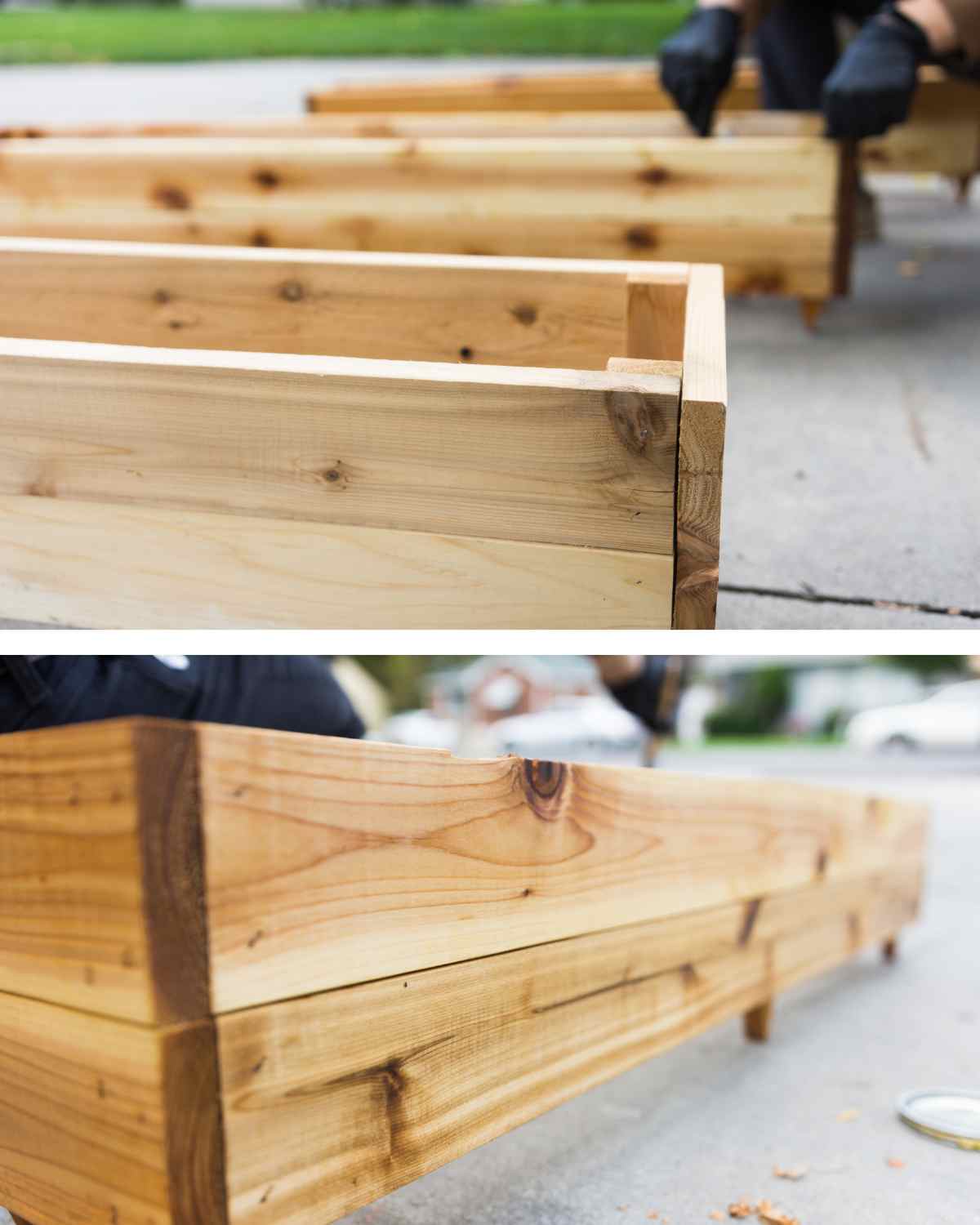
Related: 5 Deck Ideas On A Budget: Create A Stunning Outdoor Space For Less
2. Redwood
- Pros: Known for its exceptional durability and resistance to rot and pests, Redwood is an excellent choice for outdoor planter boxes. It has a striking appearance with a natural reddish hue.
- Cons: Redwood can be quite costly and might not be readily available in all regions. Like Cedar, it requires maintenance to preserve its color and finish.
Cedar is more cost-effective and has natural insect-repelling properties, making it a great choice for planter boxes. Redwood, while typically more expensive, offers superior durability and a distinct, rich appearance.
Related: Soil Improver / Conditioner: Types, Benefits + How To Use

3. Teak Wood
- Pros: Teak is extremely durable and resistant to all weather conditions, making it perfect for areas with varying climates. It’s also highly resistant to rot and insects.
- Cons: Teak is one of the most expensive options and can be hard to find. It’s also a very heavy wood, which might limit its portability for larger planter boxes.
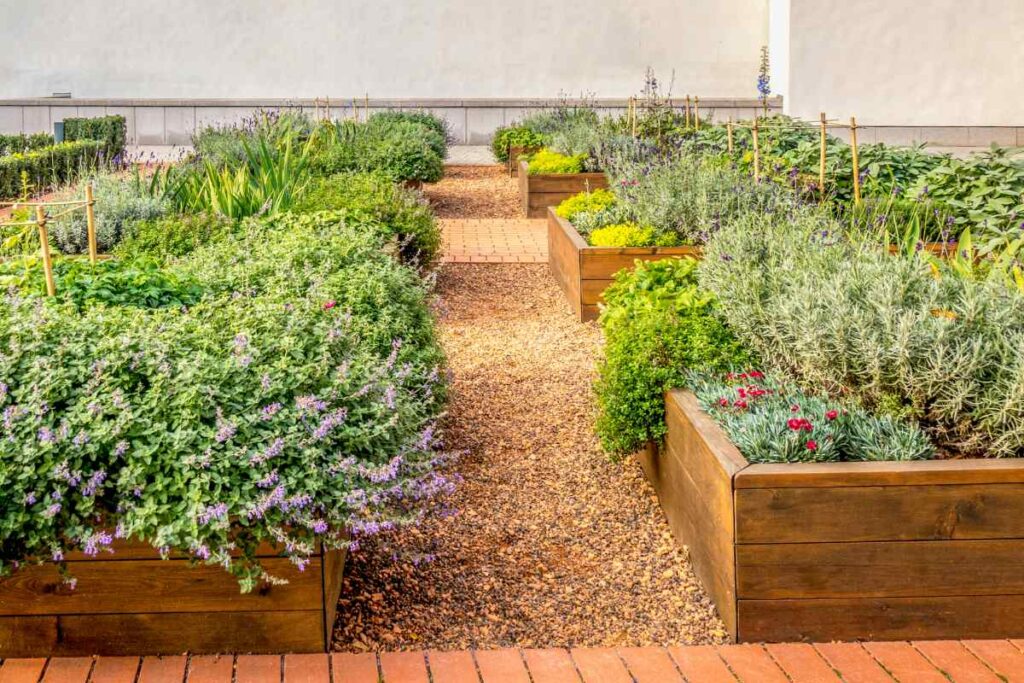
4. Pine (Treated)
- Pros: Treated Pine is an affordable and readily available option. It’s easy to work with, making it great for DIY projects. Treated Pine is also quite strong and can be made more rot-resistant through treatment.
- Cons: The chemicals used in treating Pine can be harmful, especially if you’re planting edibles. It requires regular maintenance to prevent decay and might not be as durable as hardwoods in harsh weather conditions.

5. Douglas Fir
- Pros: Douglas Fir is a more affordable option and offers good strength and durability for its price. It’s relatively easy to work with and can be stained or painted to enhance its appearance.
- Cons: It’s less rot-resistant compared to Cedar or Redwood and will require regular sealing or painting to protect it from the elements. Availability can vary depending on the region.
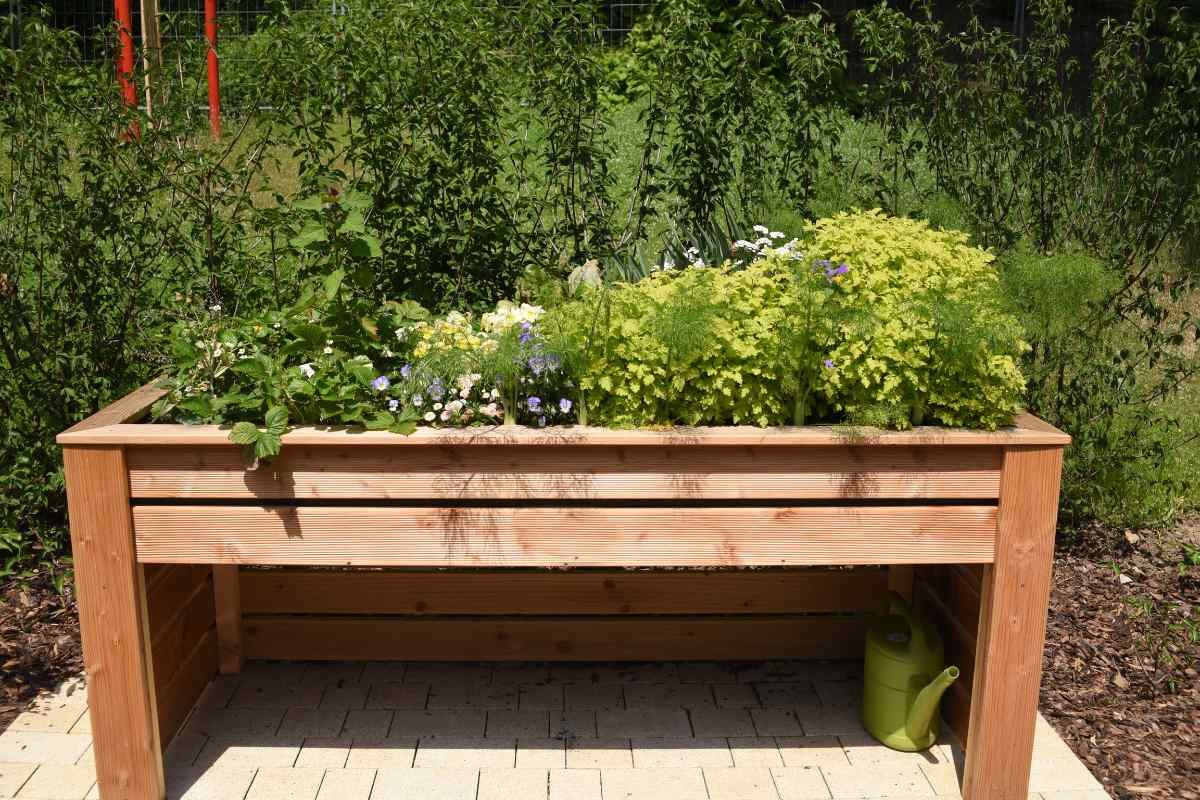
6. Oak
- Pros: Oak is incredibly strong and durable, with a classic, elegant appearance. It’s resistant to warping and can handle heavy loads, making it suitable for larger planter boxes.
- Cons: Oak is heavy, which can be a drawback for portability. It’s also on the pricier side and might require regular maintenance to protect it from moisture.
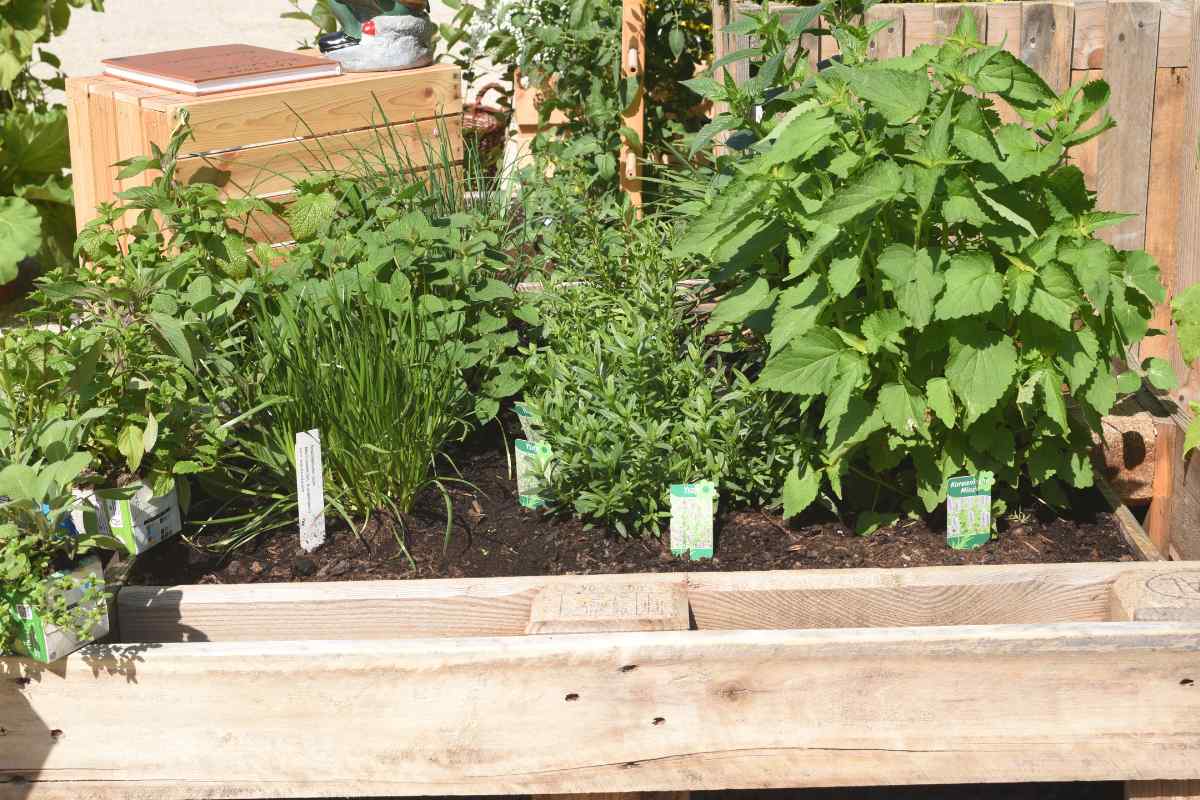
7. Composite Wood
- Pros: Composite wood, made from a blend of wood fibers and plastic, is an excellent rot-resistant and low-maintenance option. It’s great for a variety of climates and is often made from recycled materials.
- Cons: It lacks the natural look and feel of real wood and can be more expensive than some natural wood options. Moreover, composite wood, often made with plastic binders and chemicals, can potentially release toxins into the soil, posing risks to plant health, especially in edible gardens. Additionally, in extreme weather conditions, some composite materials may warp or degrade faster than natural woods, compromising durability.

What Type of Wood For Planter Boxes To Avoid
- Treated Wood with Harmful Chemicals: Older treated woods containing chemicals like arsenic (found in CCA – chromated copper arsenate) should be avoided, especially for edibles, as they can leach toxins into the soil.
- Soft, Non-Durable Woods: Woods like untreated pine or spruce, which are not naturally rot-resistant, can deteriorate quickly when exposed to moisture and soil, especially if not properly sealed or treated.
- Woods Prone to Splintering: Woods that easily splinter can be hazardous for gardeners when handling the boxes and may not hold up well over time.
- Woods with High Sap Content: Woods like pine can have high sap content, which may attract pests and can be messy during construction.
Choosing the Best Wood for Your Planter Box
For outdoor planter boxes where longevity is paramount, Cedar and Redwood are top choices. Both are naturally rot-resistant, durable in various weather conditions, and require minimal maintenance, ensuring they last for many years. Cedar offers a balance of cost-effectiveness and durability, while Redwood, though more expensive, provides exceptional longevity and a distinctive appearance.
Table With Differences Between Types of Woods for Outdoor Box Planters:

The best wood for your outdoor planter box will depend on a balance of these factors: strength, durability, cost, appearance, availability, safety, portability, maintainability, workability, size, and purpose. By considering these factors, you’ll ensure that your garden boxes, raised beds, or planter boxes are both beautiful and functional.
Your choice might also depend on the availability of certain wood types in your region. Locally sourced woods are often more affordable and more suited to your local climate, reducing transportation costs and supporting local businesses.

To Increase Durability And Weather Resistance
When a planter box is sitting directly on the ground, one useful tip for enhancing its durability is to elevate it slightly off the soil.
This can be done by attaching feet or a base made of a durable, rot-resistant material like concrete blocks, bricks, or pressure-treated wood.
This elevation improves drainage, reduces direct contact with damp soil, and minimizes the risk of rot and pest infestation, thereby extending the life of the planter box.
Also to protect the interior of the planter box make sure to use a protective liner which can be plastic or fabric. See this guide for choosing the best liners For Wooden Planter Boxes by type of material.
FAQs When Choosing The Best Wood For Your Planter Box
Pine is the most affordable option, though less durable than cedar or redwood.
It’s best to avoid treated lumber for beds intended for edible plants due to potential chemical leach.
Pine can be used as a more budget-friendly option but it generally doesn’t offer the same level of durability or natural beauty as Cedar, and if used, it should ideally be treated (with safe, garden-appropriate treatments) to enhance its longevity and resistance to decay.
The safest material for raised garden beds is untreated, naturally rot-resistant wood like Cedar or Redwood. These woods don’t require chemical treatments, making them safe for growing edible plants and environmentally friendly.
Yes, and the best way to keep your wooden planter from rotting is to seal it with oil-based wood preservative or a non-toxic sealant spray. As a safe sealer for your garden beds you can use this Seal It Green Garden Box Sealer – Plant Based, FDA Food Contact Safe, Non-Toxic, Non-Leaching.
For planter boxes, wood should ideally be at least 1.5 to 2 inches thick for structural integrity and durability. Using 2×6 boards (2″ thickness and 6″ width) is common, suitable for most plants.
©HomeAndHues. Content and photographs are copyright protected and need prior permission to use. Copying and/or pasting full recipes to other websites and any social media is strictly prohibited. Sharing and using the link of this recipe is both encouraged and appreciated!

